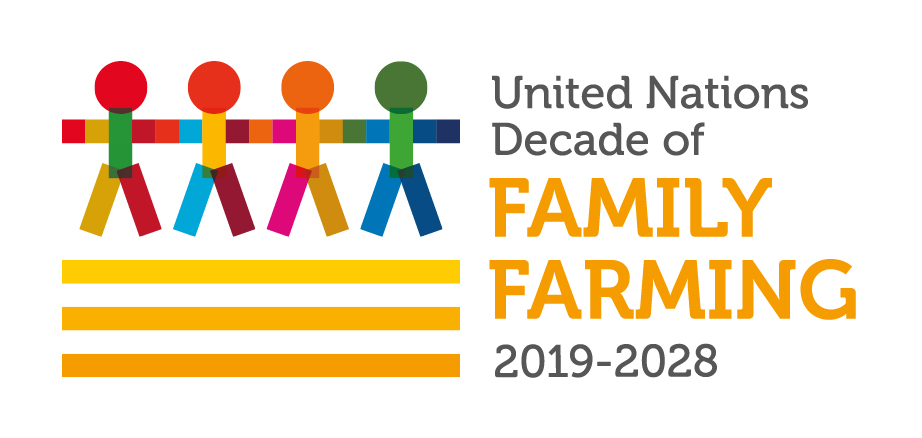October 7, 2005
The U.S. for the first time this week set out conditions on how sensitive agricultural products not subject to formula tariff reductions should be treated under a new World Trade Organization agreement, according to Geneva sources. The ideas were floated at an informal Oct. 4 meeting of the agriculture negotiating group in Geneva.
The U.S. is calling for an expansion of tariff-rate quotas on any products designated as sensitive that are currently covered by a TRQ. In-quota tariffs should be reduced to zero and out-of-quota tariffs should be halved, according to the U.S., while the quotas should increase in size by 7.5 percent of annual market consumption of that product.
If a WTO member wants to designate as sensitive a tariff line that is not currently covered by a TRQ, the U.S. said it would prefer that new TRQs not be introduced. Instead, the U.S. suggested any one of three possibilities, all of which would be eliminated after the implementation period of the Doha round.
The three options suggested by the U.S. are to introduce a safeguard that would impose a higher tariff if there is a surge in imports, but that would be phased out over the implementation period; a longer time period for the formula tariff reduction to be implemented; or ?backloading? that would allow tariff cuts to be slower at the beginning of an implementation period, but would then require accelerated cuts later.
The EU said the idea of a longer implementation period for tariff cuts on sensitive products is ?worth exploring,? a Geneva source said. However, one critic of the U.S. proposals said he believes the EU does not support the U.S. ideas on sensitive products. This source said all three ideas for sensitive products that would not be subject to TRQs would essentially make sensitive products subject to formula reductions, with some tweaking. The whole purpose of being able to designate some products as sensitive would be to avoid formula reductions, the source said.
The U.S. also told members that one of the ideas it has floated would be to define the number of sensitive products as 1 percent of all tariff lines, a Geneva source said.
The U.S. also this week repeated its opening proposal on specific tariff reductions that should be included in a formula. This was previously discussed at meetings in Paris attended by trade ministers from the EU, Brazil and India (Inside U.S. Trade, Sept. 30, p. 1).
At this week?s informal agriculture group meeting, the U.S. said the same tiers for developing countries should be used for developed countries. Officials signaled they were open to different reduction numbers for developing countries by stating that this would emerge from future negotiations, a Geneva source said. However, the U.S. said developing country tariffs should be capped at 100 percent. This compares to the U.S. proposal of a cap of 75 percent on developed country tariffs.
India, China and other members of the G20 along with Indonesia representing the G33 developing country group and Mauritius representing the African, Caribbean and Pacific group, said having developed and developing countries subject to the same tiers would not meet the mandate of the Doha declaration for making special and differential treatment an integral part of the negotiations.
INSIDETRADE-23-40-15



Comments are closed